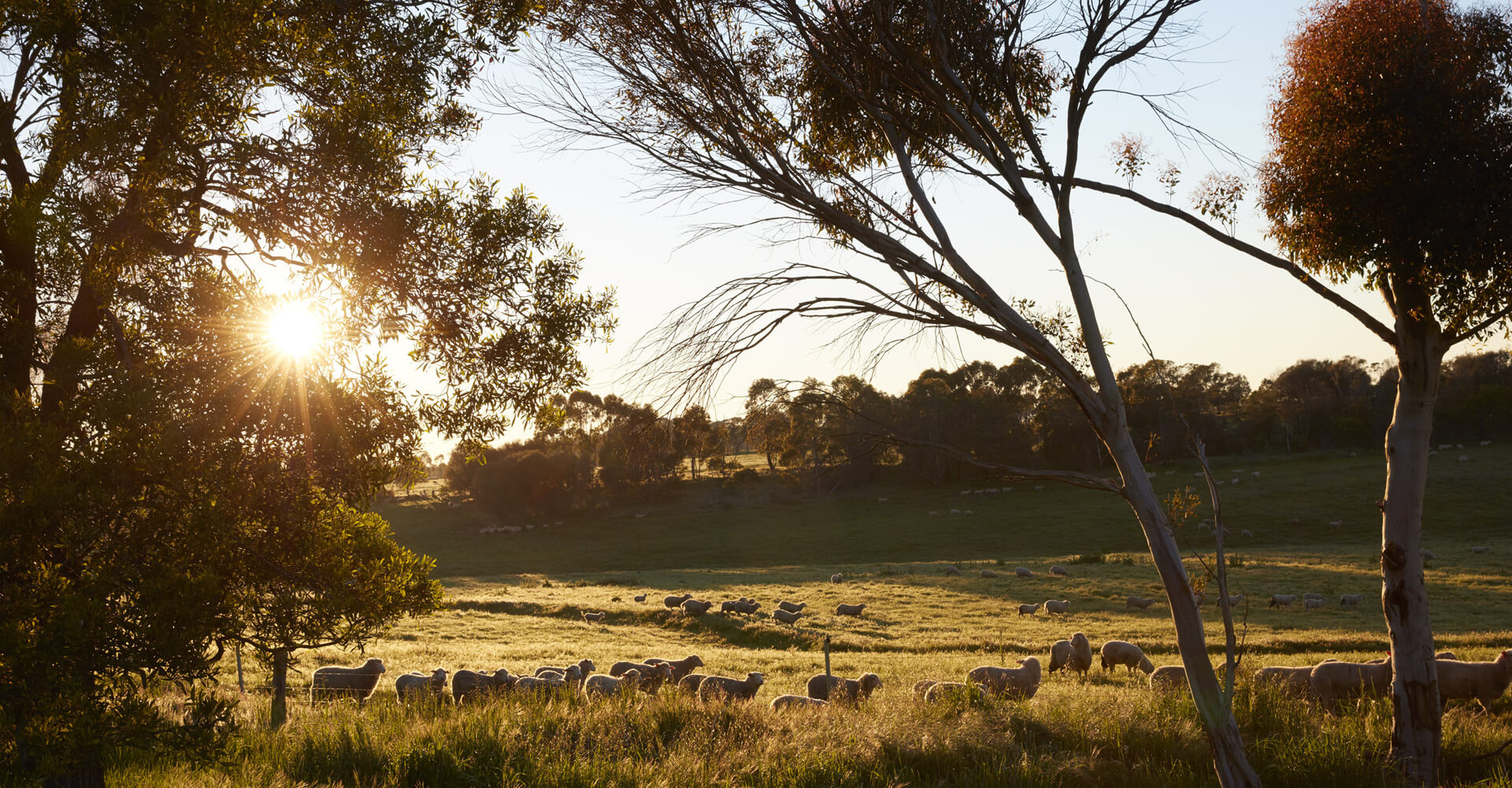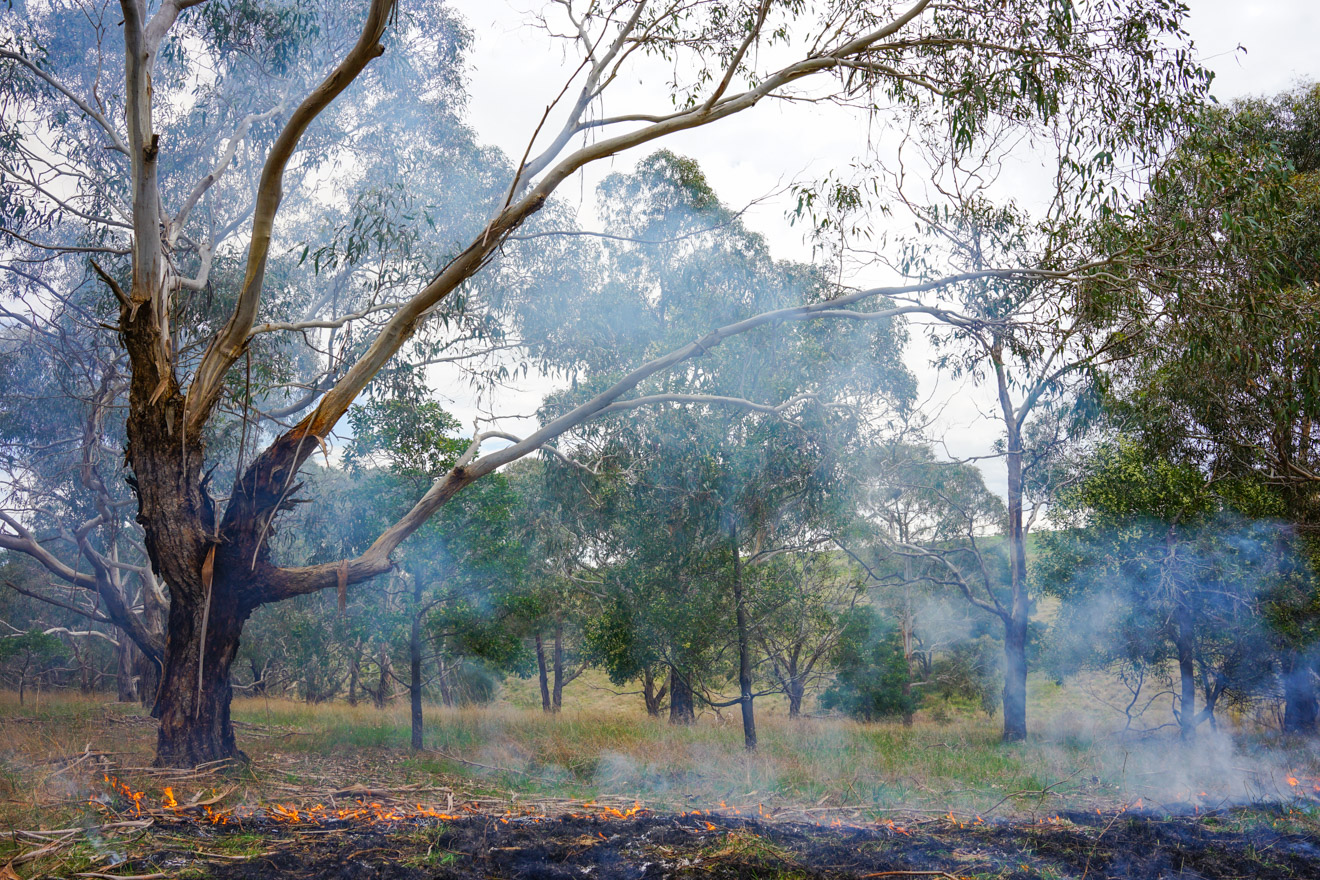
Cleaning Country
The Australian landscape has evolved and adapted because of fire. Indigenous people of our land used low intensity fire to create an open vegetated landscape. These fires controlled the thick understory, removed dry dead grass (biomass) and stimulated new plant growth, especially grassland plants. The Traditional Owners refer to cultural burning as “Cleaning Country”.
In 1770 as Captain Cook sailed his ship along the Australian east coast, he described seeing plumes of smoke from numerous slow-moving fires. He commented on the sparsity of trees and prevalence of grasslands, much of which today is thick scrub.
Inland explorer Charles Sturt wrote in 1830: “the land is managed by small mosaic burns producing diverse grasslands and grassy woodlands of varying ages, enabling habitat for a diversity of wildlife.”
7th of September is National Threatened Species Day, which highlights the appalling loss of native biodiversity and ecosystems in Australia. A recent State of the Environment report has illustrated the urgency to protect and conserve what remains of our natural ecology. Changes in land management since European settlement and the cessation of Aboriginal practises has enabled biomass to build up in the landscape. This, along with dominant species and weed invasion has changed the vegetation cover resulting in major loss of biodiversity. Thick understory has also fuelled wild fires which have caused further, often catastrophic loss of native plants and animals.
The Meredith Dairy farm spans many acres and includes areas of significant biodiverse Grassy Eucalyptus Woodlands and Temperate Grasslands. Numerous endangered plant and animal species have been identified on our farm. We wish to promote, protect and restore these beautiful, endangered species and their landscapes.
Last week members of the Corangamite Catchment Management Authority held a workshop to promote the benefits of ecological burning on a grassland site near the dairy. Wadawurrung Traditional Owner Blair Gilson, Natural Resources Manager Dale Smithyman and Fire Risk Manager Greg Harry demonstrated cool, mosaic burning. They showed how to safely burn grasslands without damaging assets including natural assets. The slow-moving flames removed the dry biomass, including weed species and was cool enough to avoid burning green plants, low hanging branches and leaves.
Traditional Owner Blair Gilson spoke about protecting the trees, especially scarred trees as they are “the mother of our native landscape, have cultural significance and are home to a vast array of animals.” He explained how the white smoke stimulates the tree to release seed and protects leaves from disease. As the smoke lifted into the towering eucalyptus, a diverse array of beetles, spiders and flying insects were scamming from the bark, even though they and their habitat were in no danger.
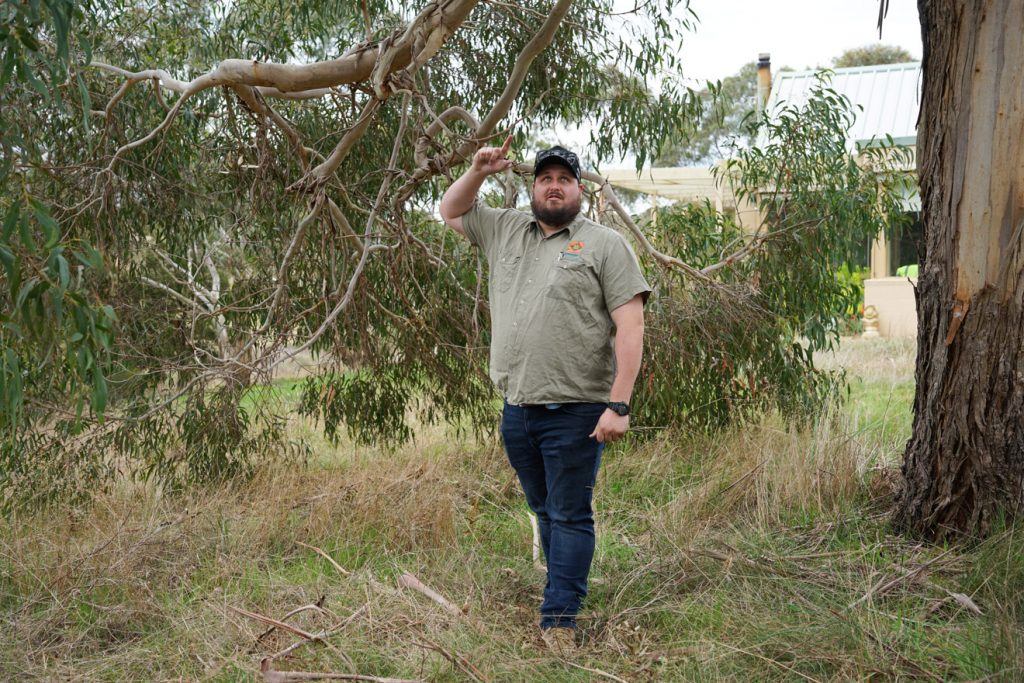
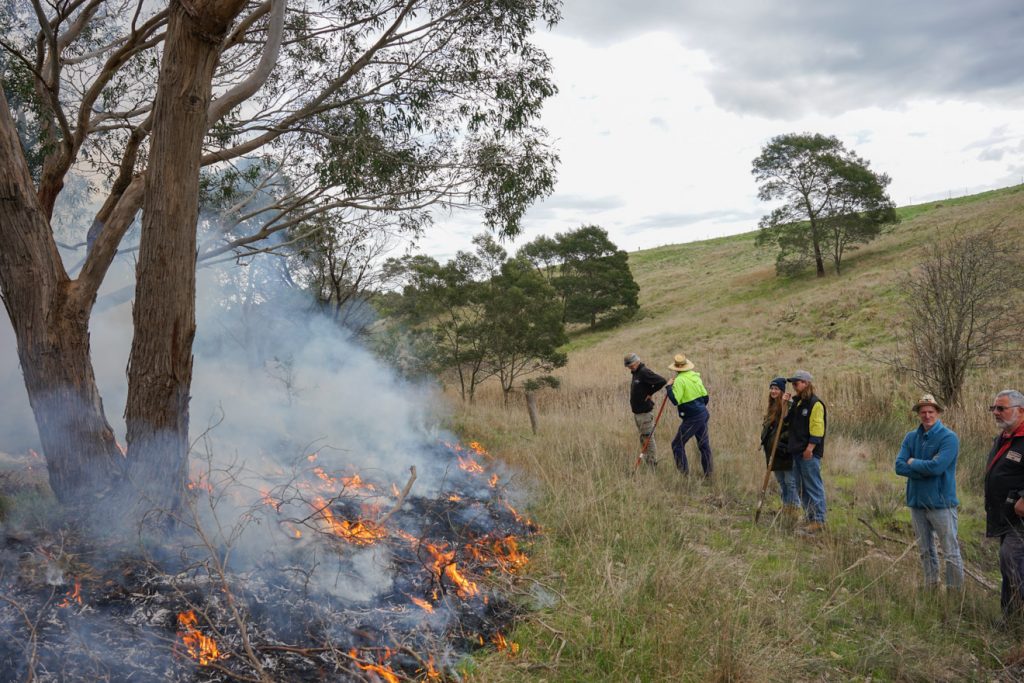
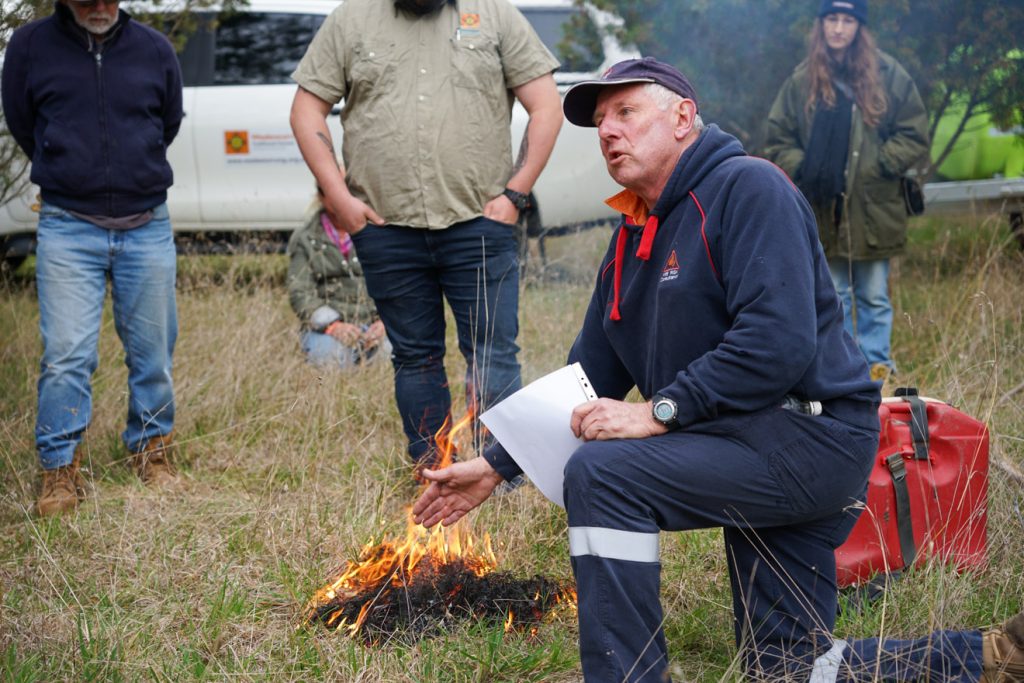
When the fire died down the landscape appeared trimmed, refreshed and “cleansed”.
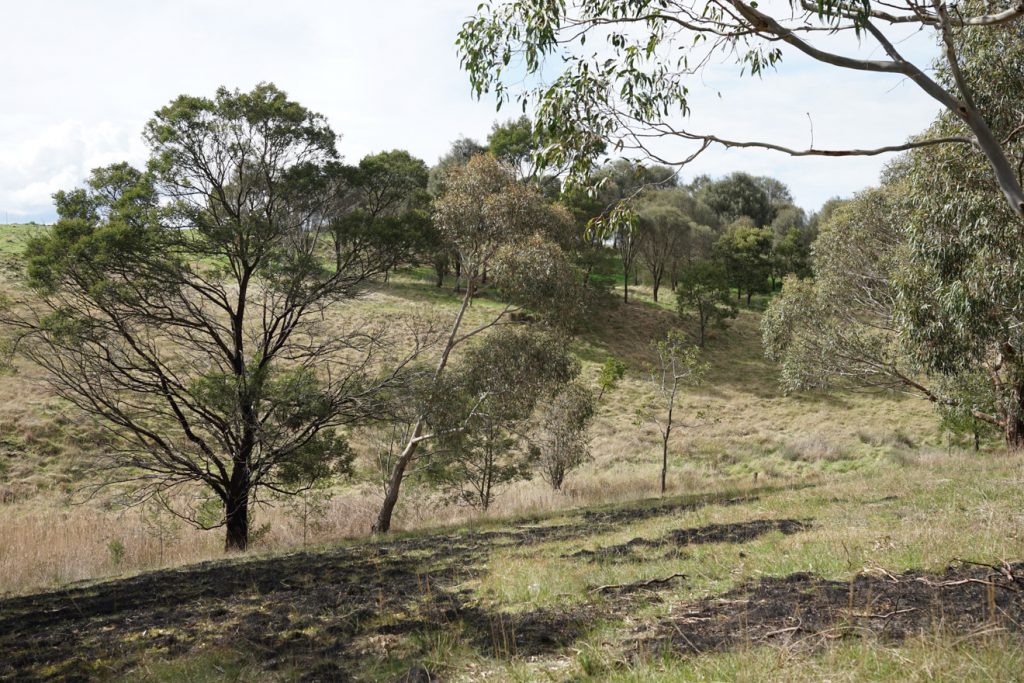
At Meredith Dairy our vision is to “Produce Food Sustainably”. Cultural Burning is yet another tool in our armoury to manage our land without compromising natural biodiversity. We hope to reverse the degradation of our unique Australian native ecosystems, bring back the grassland plants, birds and animals and restore the landscape as seen by our First Nations people.

